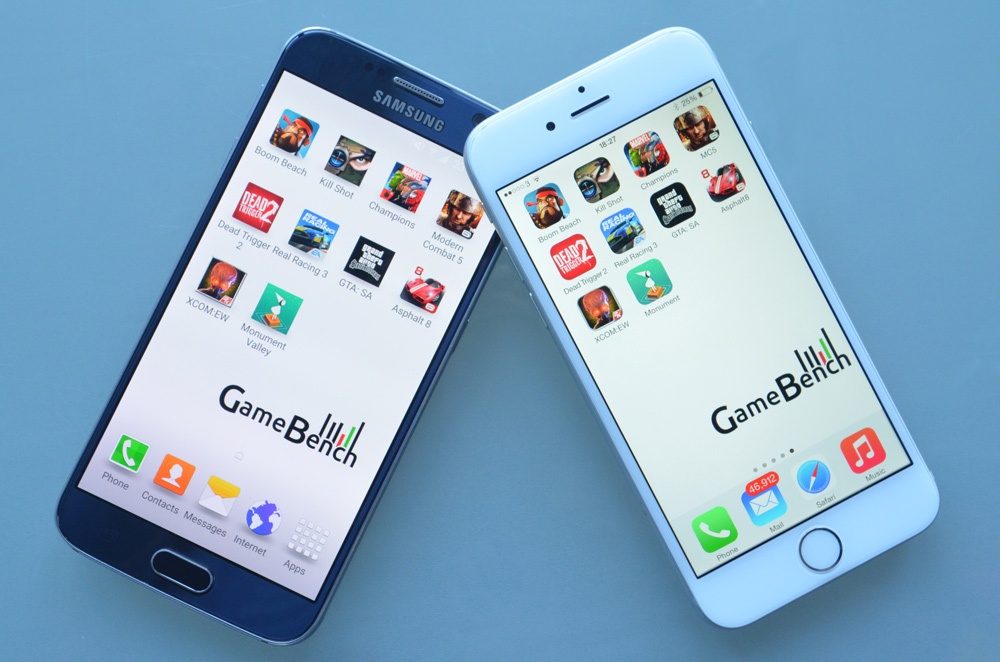Mario has arrived fashionably late to the iPhone party and no one is holding it against him. Such is Nintendo’s reputation for quality that many gamers are actually expecting this week’s launch of Super Mario Run to set a new standard for mobile gaming.
We’ve been using GameBench to find out whether Super Mario Run delivers the objective hallmarks of quality: Does the game run at a perfect, console-like 60fps? Does it make efficient use of system resources and battery power? And does Mario manage to keep up with his Sega rival, Sonic, who has already had a long career in the “endless runner” genre on smartphones? Read on to find out...


